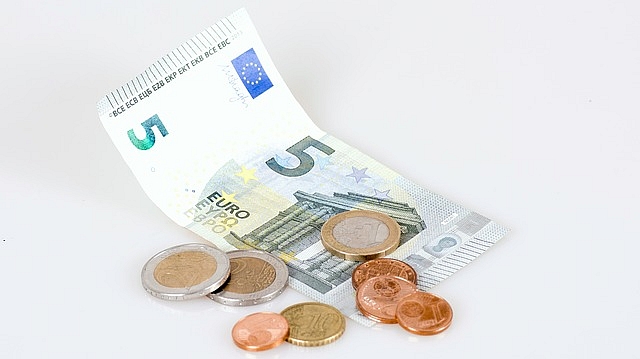Estonian Tax System
Estonia raises excise tax
In the International Tax Competitiveness Index, the Estonian tax system has been ranked the most competitive in the world for the past couple years. The Estonian government also points out that the country’s tax system is sustainable and socially and regionally balanced. The new Estonian government is nevertheless planning new changes to the tax system by increasing several excise taxes this year.
Since the restoration of independence, the Estonian government has had as one of its goals to set up a tax system as simple as possible, with emphasis on indirect taxes. The Estonian Tax Law was passed in 1994 and has been relatively rarely amended since then. The Estonian tax system is considered to be one of the most liberal in the world.
In Estonia, the overall tax burden on individual taxpayers and legal entities is currently below the European Union average and reaches about 33% of GDP. During the years of crisis the government had to raise several taxes, including value added tax (VAT) and excise taxes, and a planned reduction of income tax had to be postponed. The plan to cut the social tax rate by 0.5 percentage in 2017 points has also been put off and the tax will remain at 33%. In the meantime, several excise taxes will be increased this year.
The Estonian tax system consists of state and regional taxes. State taxes include income tax, social tax, land tax, gambling tax, VAT, customs tax, excise and tax on heavy trucks.
Income tax
Since 1994, the Estonian tax system is based on a single income tax, which is charged on income of both private individuals and legal entities. Until 2004, the tax rate was 26%, and there was a plan to gradually reduce it to 18% by 2012. As the crisis broke out in 2008, the further cutting of the tax rate was indefinitely postponed and for seven years the rate remained at 21% of net income. In 2015, the income tax rate was lowered to 20%, though.
Value added tax
Estonia’s VAT rate, which for nearly two decades had remained at 18%, was raised during the recession by two percentage points to 20% and remains at this level to this day. A reduced VAT rate of 9% is applied to certain goods and services in Estonia, such as books (except for textbooks) and periodicals (except for pornographic and erotic magazines), medicines and medical goods. A VAT rate of 0% percent is applied to some re-exported goods, ships and planes traveling on international routes and carrying goods, as well as goods that are imported and exported through the tax-free zone, etc.
Social tax
The mandatory social security contributions (social tax) are charged on income received from paid labor or business activity. The social contributions are paid by employers for each employee, self-employed persons recorded in Estonia’s business register, local authorities or the state for the unemployed, including the disabled, as well as for parents of newborns.
The social tax rate is 33% of a person’s income. In some exceptional cases the rate can be 13%. Although no caps have been set on social contributions and their amount depends only on the person’s income, the government has set the minimum payment which has to be paid no matter how small the person’s income might be.
Excise and other taxes
Estonia levies excise taxes on the following goods: electric power, fuel, packaging, alcohol and tobacco. This year, several excise taxes will increase. As a result, the excise tax on fuel will be EUR 512 per 1,000 liters of gasoline and EUR 493 per 1,000 liters of diesel fuel. The excise tax on natural gas will rise to EUR 40.52 per 1,000 m3, while the excise tax on electric power will remain unchanged at EUR 4.47 per megawatt hour.
Starting this year, the excise tax on alcohol will be raised for several types of alcohol. The excise tax on beer will be EUR 15.52 per hectoliter/degree of alcohol, but small breweries will be offered 50% tax breaks. For strong alcohol, the tax will rise to EUR 123.18 per 100 liters. The excise tax on tobacco will be gradually raised in 2017. The excise tax on cigarettes will be EUR 63.5 per 1,000 cigarettes, plus 30% of the retail price of one cigarette. Pipe tobacco will be applied an excise tax of EUR 71.15 per kilogram.
Estonia also charges a small land property tax, the rate of which can range from 0.1% to 2.5% of the land property’s value in the given year depending on the location of the property.
There are also several taxes/duties which can be imposed by local governments. A local authority can impose a tax or duty on trade, water transport, advertising, motor vehicles, animals, entertainment, etc. But in fact, only few local authorities have ever used these powers.





